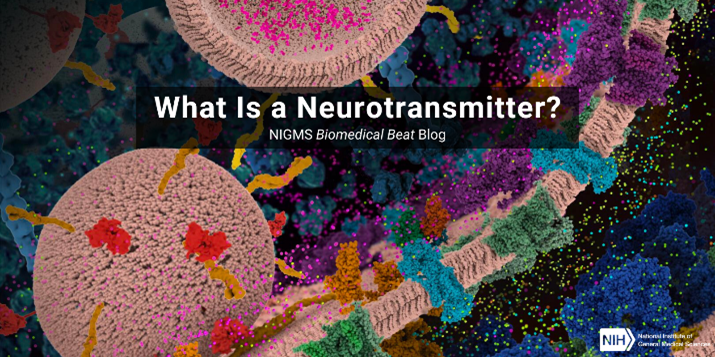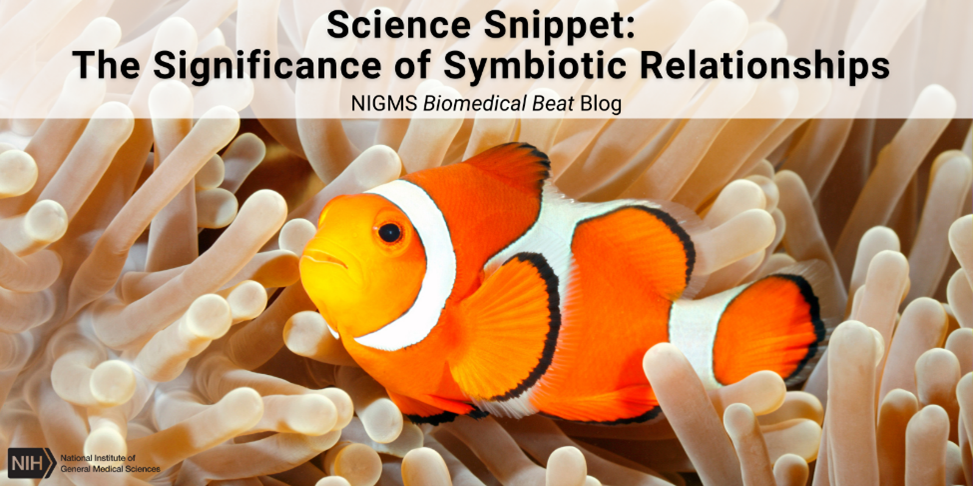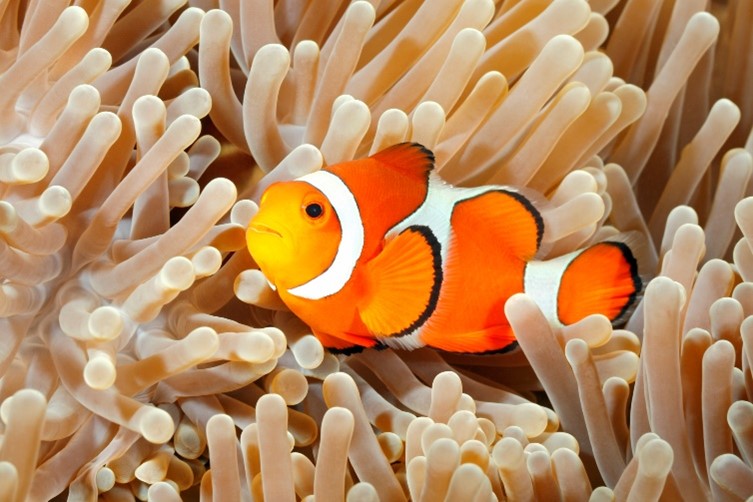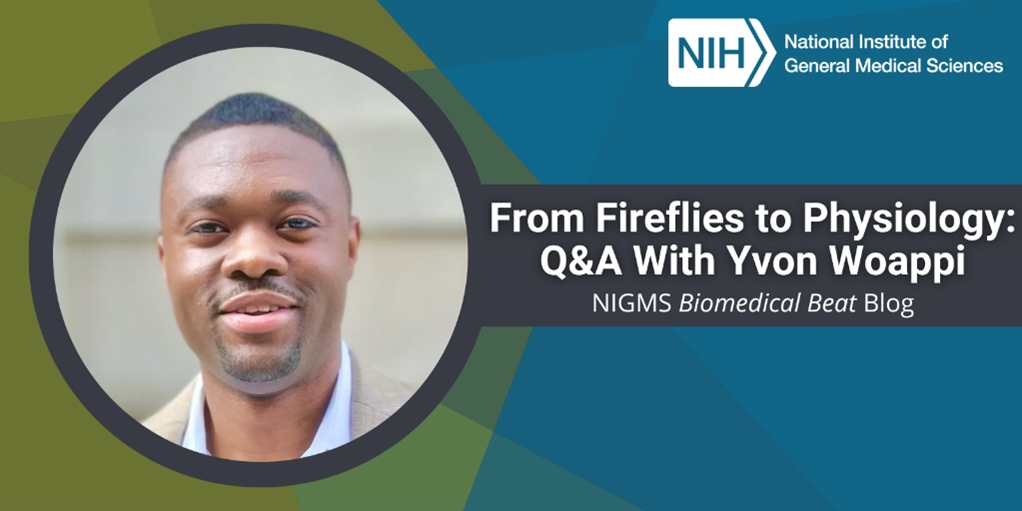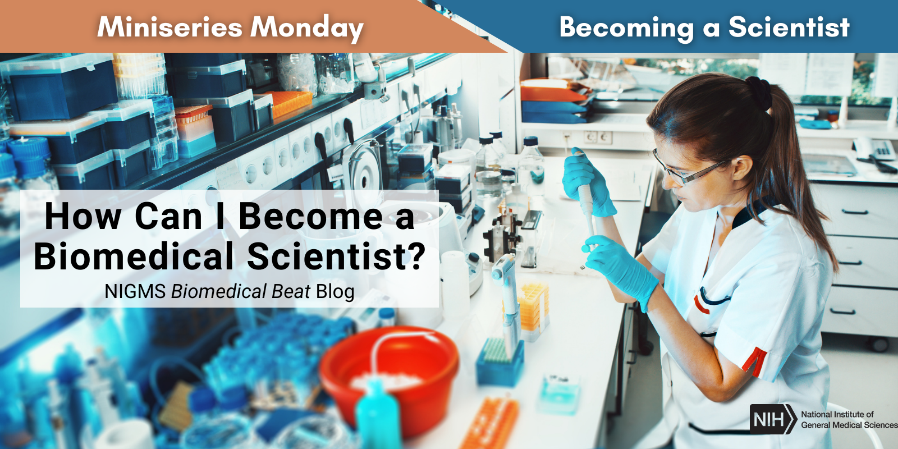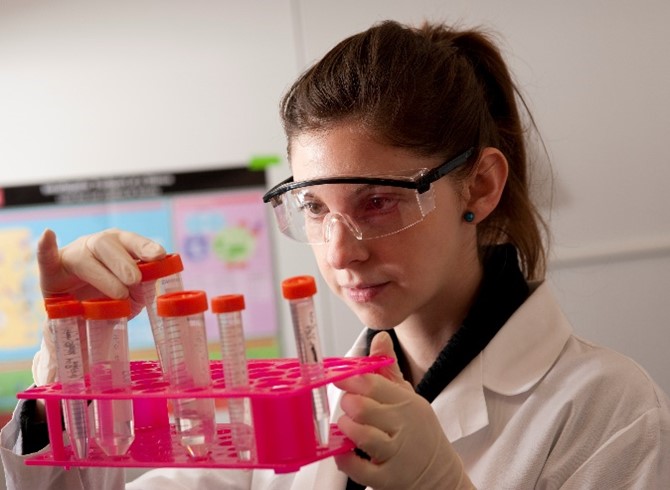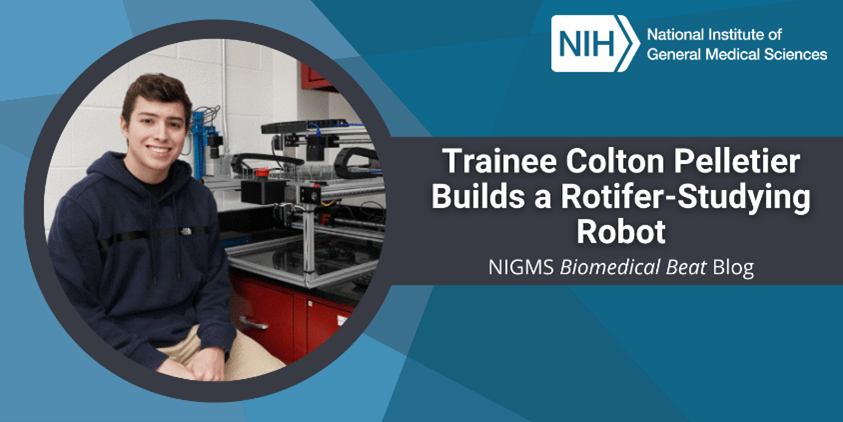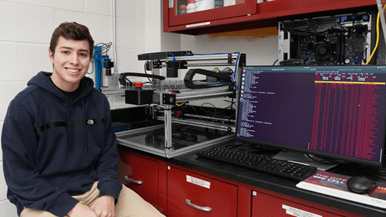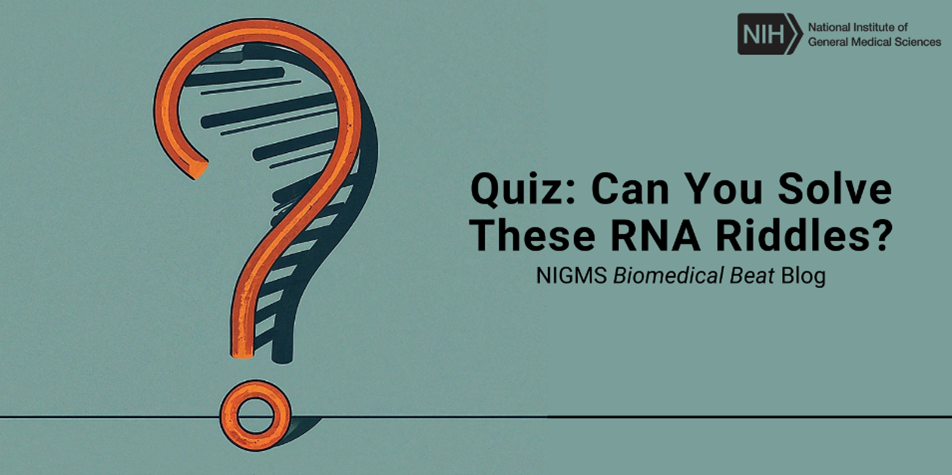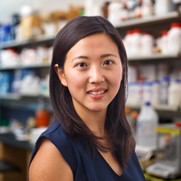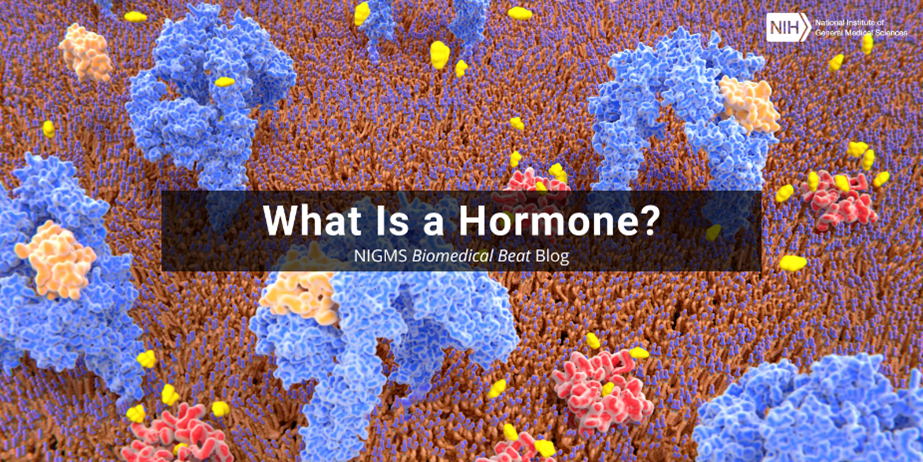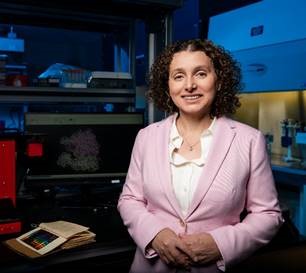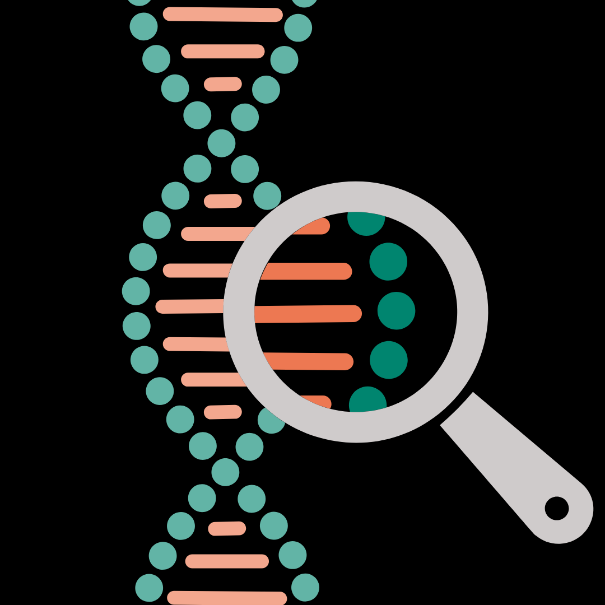Have you wondered what controls the most basic functions of our bodies, like breathing, moving, and sleeping? Chemicals called neurotransmitters play a central role. Neurotransmitters pass messages from one nerve cell to another, and sometimes to muscles or glands. These messages may:
- Prompt the next nerve cell to pass on the message, prevent the message from going any further, or adjust how the message is passed on
- Cause a muscle to contract, like our intestines do when they digest food
- Tell a gland to secrete hormones, which are molecules that further pass on messages to tissues or organs


